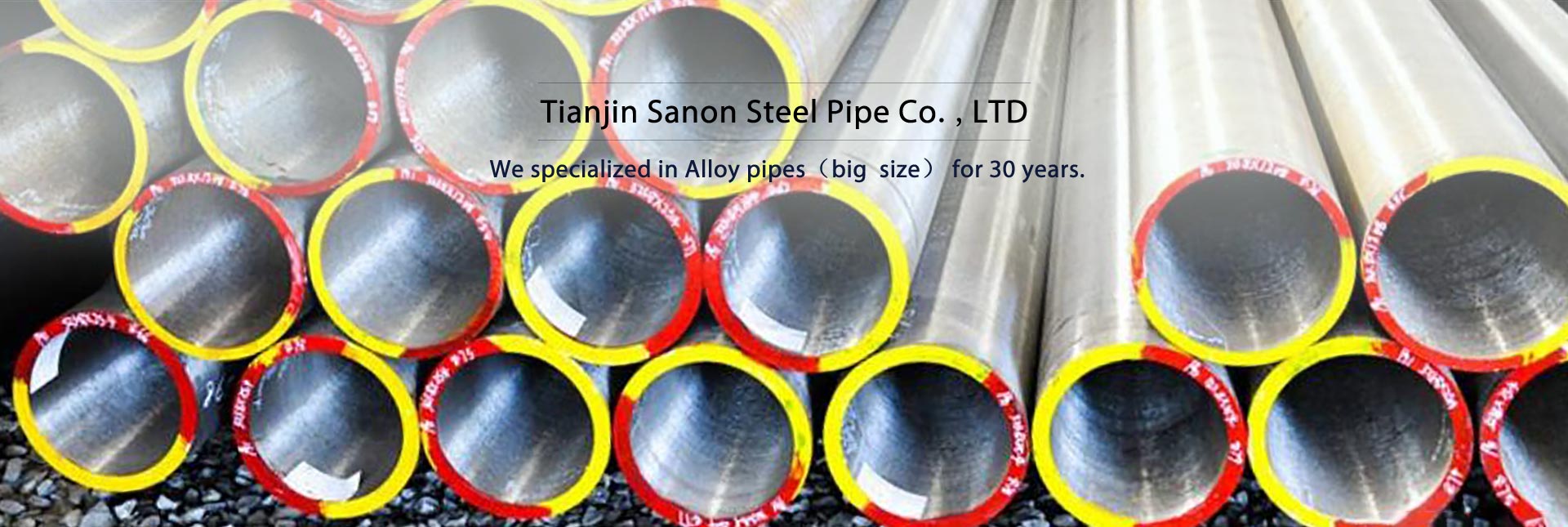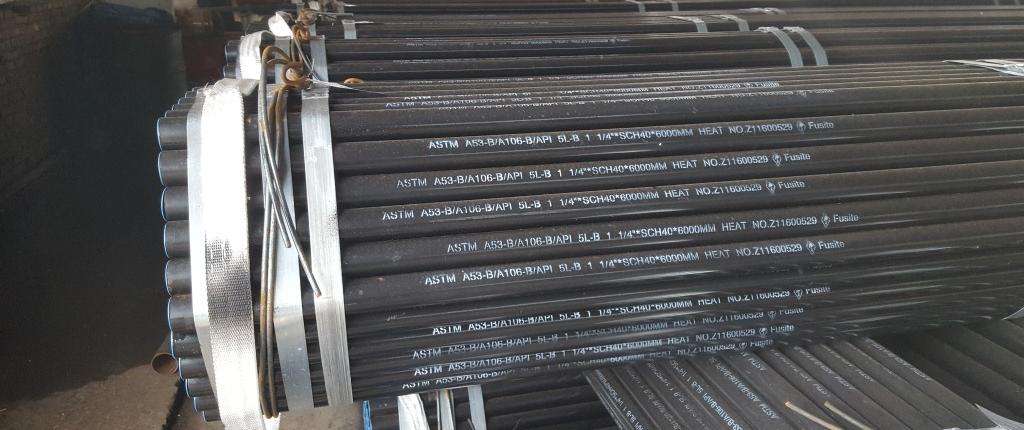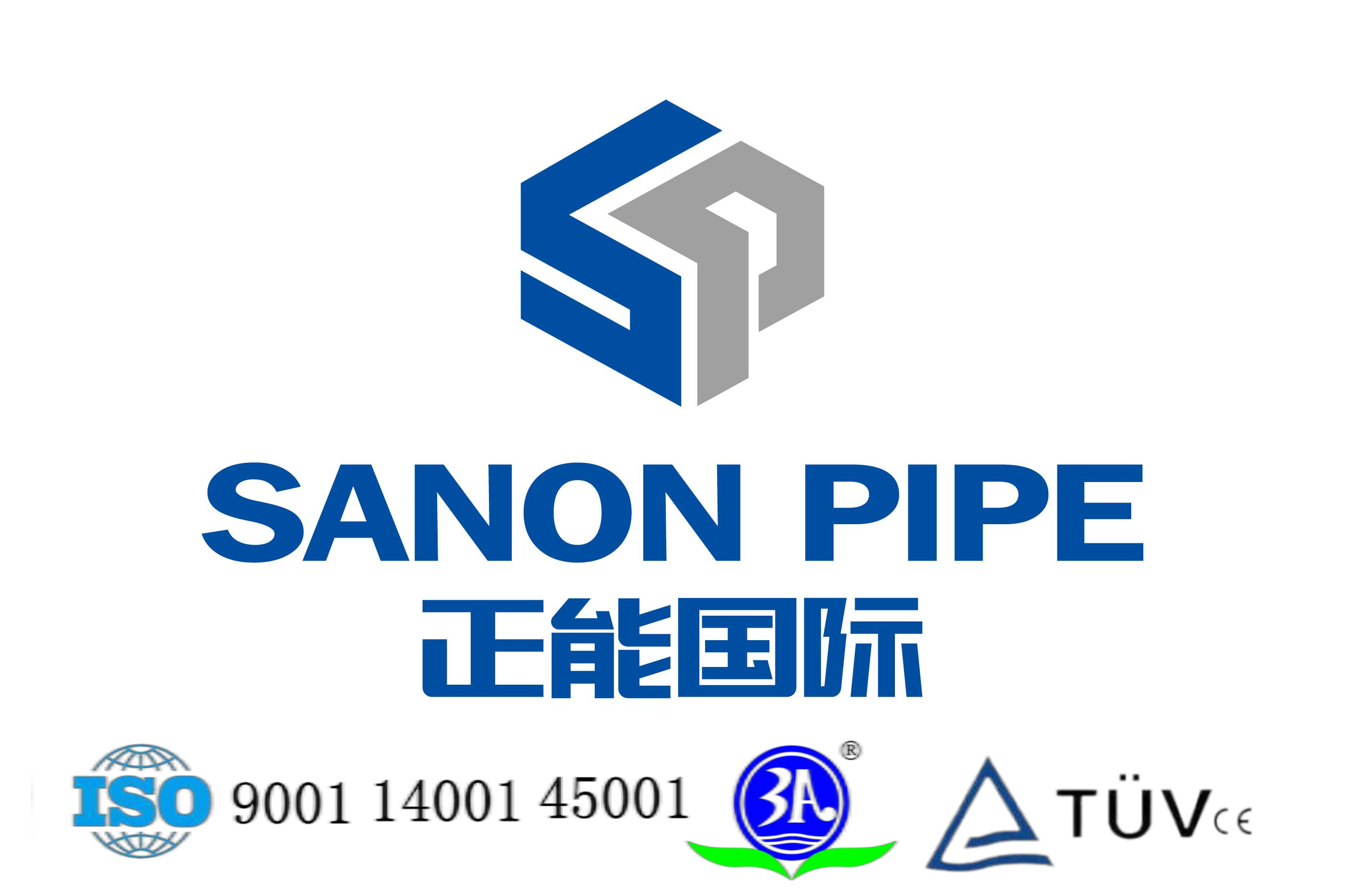In market distribution, we often encounter multi-standard pipes such as "three-standard pipes" and "five-standard pipes".
However, many friends do not know enough about the actual situation of multi-standard pipes, and do not understand them. I hope this article can give you some inspiration so that you will no longer have doubts in procurement and subsequent use.

01—The development of multi-standard pipes such as "three-standard pipes" and "five-standard pipes" and the reasons and significance of their existence
In the early days, multi-standard pipes were advocated or required by the project party, so that the project party could purchase and use them in a unified manner, saving time and trouble.
At the beginning, multi-standard pipes mainly existed in parallel with American standards and American standards, and the main use direction was export, mainly consisting of "three-standard pipes" and "five-standard pipes". Later, because many designs of domestic petrochemical projects were implemented in accordance with American standards, multi-standard pipes were gradually introduced into the procurement and use of domestic petrochemical and chemical projects.
As time goes by and the market develops in a refined way, the classification of multi-standard pipes on the market is now more professional and diversified.
At present, in addition to "three-standard pipes" and "five-standard pipes", there are also "double-standard pipes" and "four-standard pipes" on the market. Moreover, they are not limited to the coexistence of American standards and American standards, but also between national standards and national standards, and between national standards and American standards.
The multi-standard pipes on the market are no longer dominated by the project users, but have become initiated by the suppliers (factories, market traders).
The reason why multi-standard pipes exist:
First of all, fundamentally speaking, it is achievable. The so-called multi-standard pipes, as the name suggests: the same steel pipe meets more than two execution standards and materials. It can meet both here and there, and the chemical elements, mechanical properties, and process technology requirements of several standards can be met at the same time.
In the early stage: multi-standard pipes are mainly advocated by the project party for the convenience of centralized procurement, saving time, effort and trouble;
As the market gradually changes from a seller's market to a buyer's market, the advantages of "saving time, effort and trouble" are transferred to the market suppliers, with more significant economic benefits. For example: if the same amount of funds is used to produce/stock one standard material, now it can produce/stock two, three, four... The stocking products are more complete, and can provide timely services for the targeted, specific and diversified needs of buyers.

02—The diversity and specificity of the classification of multi-standard tubes commonly found in the market
There are two types of answers to the classification of multi-standard tubes:
1. According to the corresponding standards included: Currently, there are multi-standard tubes between American standards, multi-standard tubes between national standards, and multi-standard tubes between American standards and national standards. It is expected that there will be multi-standard tubes between national standards, American standards, and European standards in the future;
2. According to the number of standards included: There are double-standard tubes, three-standard tubes, four-standard tubes, five-standard tubes and other forms;
Main representatives: Double-standard tubes: ASTM A106 B, ASTM A53B; ASME SA106 B, ASTM A53B; ASME SA333 Gr.6, ASTM A333 Gr.6ASME SA106 B (C), ASTM A106B (C), GB/T 6479 Q345E, Q355E, GB/T 18984 16MnDG; API 5L B (corresponding steel grades in the standard), GB/T 9711 L245 (corresponding steel grades in the standard) [these two standards are actually the completely equivalent translation versions of the American standard and the national standard]
Three-standard pipes: ASTM A106 B, ASTM A53 B, API 5L PSL1 B; ASME SA106 B, ASME SA53 B, ASTM A106B;
Four-standard pipes and five-standard pipes are mainly found in American standard pipelines and fluid conveying pipes: Typical representatives: ASTM A106B, ASME SA106 B, ASTM A53Gr.B, API 5L PSL1 B, ASTM A333 Gr.6, API 5L X42 and other standards and materials.
Post time: Mar-13-2025





